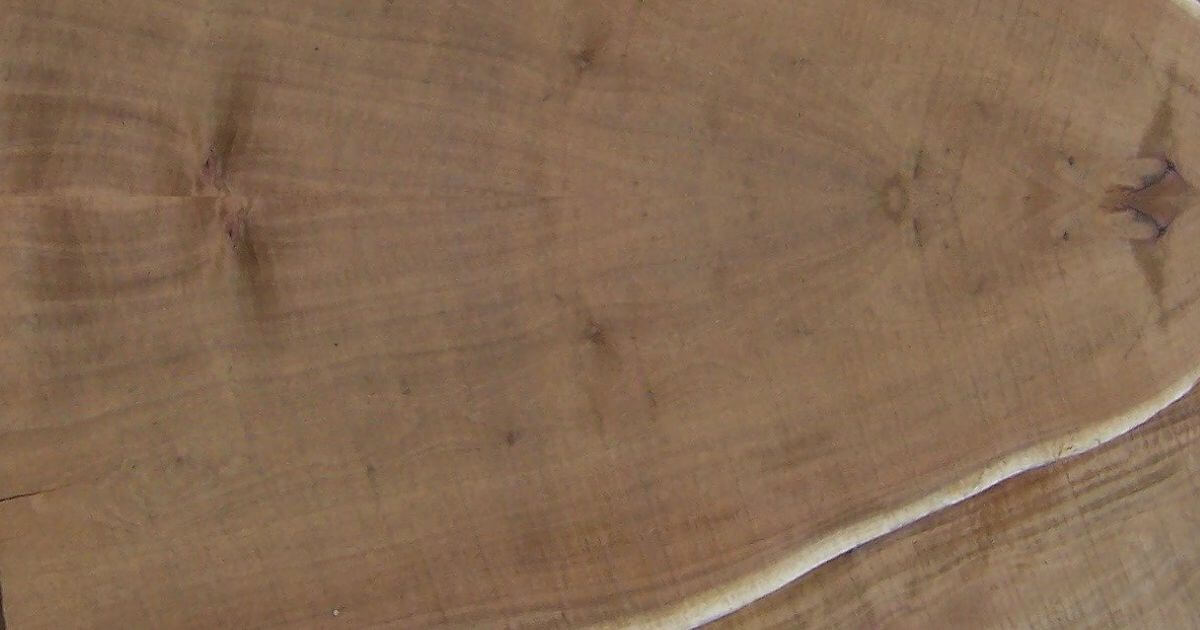Acacia wood is a popular hardwood species for furniture, flooring, and other woodworking projects. It has an attractive appearance, stability and durability. Many Acacia wood species exist, so their nature and physical properties may differ.
However, like any material, it also has pros and cons. Here are some of the pros and cons of acacia wood:
Pros of Acacia Wood
Attractive Appearance
Acacia wood is known for its appearance; wood color can range from light golden to deep reddish-brown (The wood color depends on the species). Its deep color gives a warm, rich touch to any furniture. After finishing, it gives excellent results.
Durability
Acacia wood is very stable and durable. It is highly resistant to wear and tear, making it suitable for interior and exterior applications such as furniture and flooring.
Rot resistant
Acacia wood has a high natural oil content (Also called silica), which makes it naturally resistant to moisture, rot and decay. The silica also protects against various types of insects. So Acacia wood can withstand exposure to moisture, fungi, and other environmental factors leading to decay.
Acacia wood reduces the need for frequent replacement and repairs, saving money.
Versatility
Acacia wood is a versatile hardwood used for various wooden applications. It is commonly used for flooring, furniture, cabinetry, and outdoor projects like decking or furniture.
Scratch Resistant
Acacia wood is less prone to scratches and dents, as it is usually hard and dense. The scratch-resistant property makes it an excellent choice for flooring.
Easy to work
Acacia wood is easy to work with hand and machine tools. It cuts easily and curves, but you need sharp tools. Acacia wood Glues and finishes well.
Holds stain well
When we stain wood, the biggest concern is often blotchy stains, as the wood absorbs the stain unevenly. Acacia wood is easy to stain and holds even and uniform stains.
Cons of Acacia Wood
Color fade
Acacia wood fades over time and fades faster when used for outdoor purposes or in direct sunlight. Sealer is required to preserve its natural color, which is an extra cost.
Most wood species change their color over time. The color can be light or dark, depending on the species.
Expensive
Acacia wood is considered an expensive wood compared to most other hardwoods. The main reason for its high cost is its natural properties, such as rot resistance, durability and excellent stability.
So its demand and price are high due to its natural quality. Cost can vary depending on quality, source and species of wood. It is obvious that due to the high cost of wood, its maintenance cost is also high.
Variation in Quality
The quality of acacia wood can vary depending on the source and species. There are about 160 species of Acacia(genus Acacia). Choosing trusted suppliers is important to ensure you’re getting high-quality, well-manufactured products.

